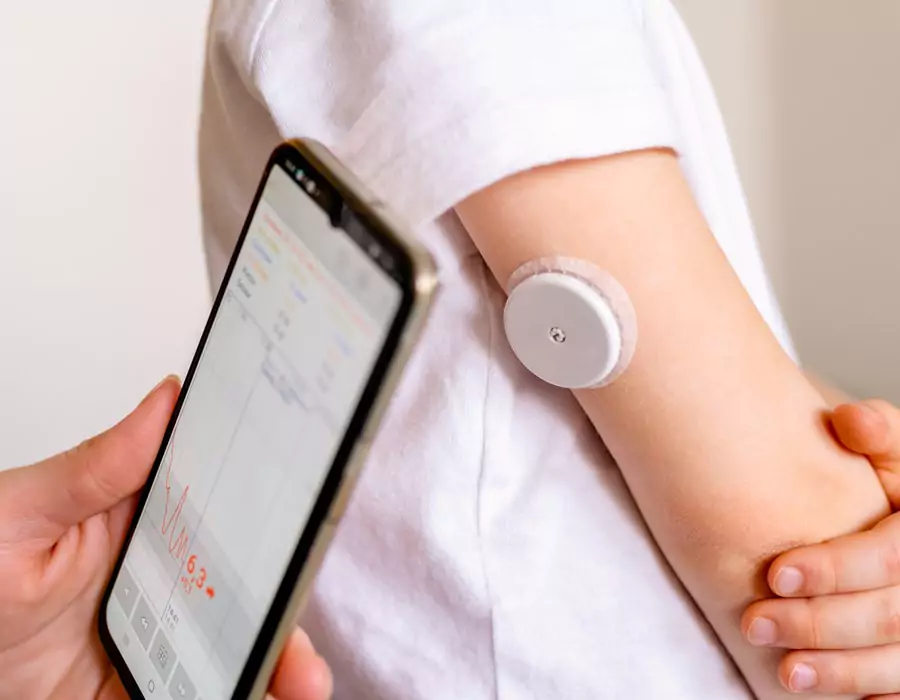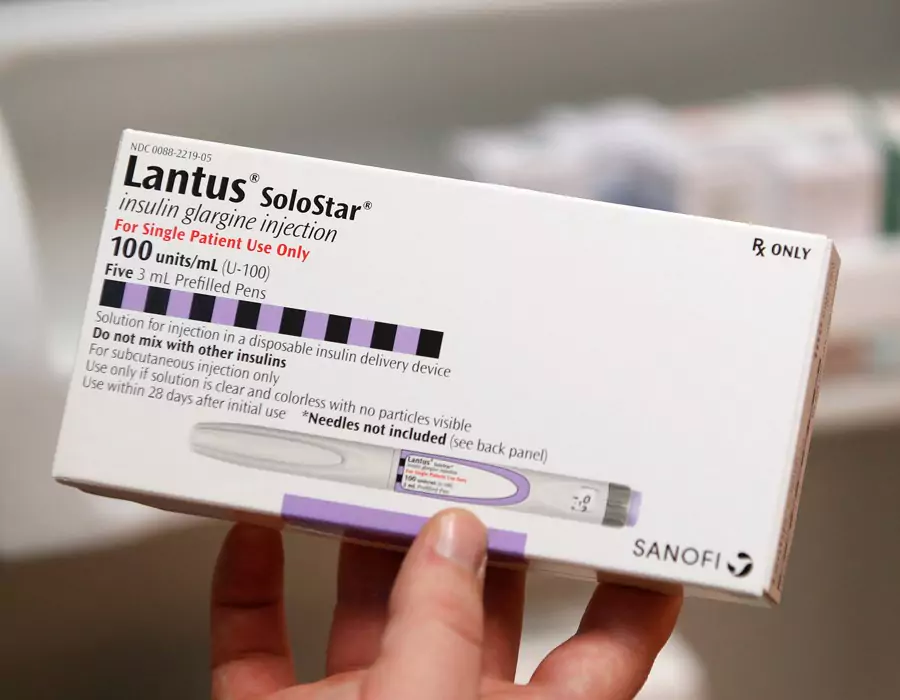





What is Gestational Diabetes


Table of Contents
- Prefer to Watch a Video? What is and How to Deal with Gestational Diabetes
- What causes gestational diabetes?
- An alarming increase in the trend of gestational diabetes
- What are the signs and symptoms?
- How is gestational diabetes tested and diagnosed?
- ●Two-step approach
- ●One-step approach
- What are the blood sugar goals with diabetes during pregnancy?
- Pregnancy Complications during Gestational Diabetes
- Preeclampsia (High Blood Pressure)
- Cesarean Section
- Hypoglycemia( Low blood sugars)
- How to treat gestational diabetes?
- Lifestyle Tips for Women with Gestational Diabetes
- Start by sticking to a healthy diet.
- Portion control is important!
- How much fat is too much for gestational diabetes?
- What else to do other than pay attention to diet?
- Medications to treat gestational diabetes
- Bottom line
Prefer to Watch a Video? What is and How to Deal with Gestational Diabetes
High blood sugar times start happening at or after 24 weeks of pregnancy is called gestational diabetes. So, what is gestational diabetes? Gestation means pregnancy. As a result, gestational diabetes means diabetes during pregnancy. The reason we give a special name is that diabetes is temporary and specific to pregnancy.
A diagnosis of gestational diabetes can develop in a woman without a prior history of diabetes. It’s imperative to abide by your doctor’s advice after diagnosis to keep blood sugar under control. (American Diabetes Association).
If you wish to learn about our online diabetes doctors and our telehealth diabetes care center, contact us after you finish reading the article, and remember to share with other people who may benefit from the information.
What causes gestational diabetes?
Gestational diabetes primarily occurs when the body is unable to produce sufficient amounts of insulin. There is an increased need for more insulin during pregnancy. However, if detected in time, the condition can be managed successfully.
(National Health Service, 2016) Around 1-2% of pregnant women already have either type 1 or type 2 diabetes. Another 6-9% of pregnant women have a risk of developing gestational diabetes. (Centre for Disease Control and Prevention)
However, recent data does prove that cases of gestational diabetes mellitus have increased significantly in the past 20 years. Risk factors involve family history, advanced maternal age, and obesity. (Diabetes Care, 2007)
An alarming increase in the trend of gestational diabetes
From 2000-2010, a number of studies found that the number of pregnant women who developed GDM rose by 56%. Also, women who have type 1 or type 2 diabetes before pregnancy grew by 37%. The chances of getting diabetes in pregnancy differ across ethnicities and races.
Typically, women from South-East Asia and South Asia are among the highest-risk populations. Hispanic, Caucasian, and African American communities are luckier in that regard. (World J. Diabetes, 2015) Consulting your doctor and a capable diabetic coach will help you plan a safe pregnancy.
Getting tested for gestational diabetes early on can ensure that both you and your baby remain healthy. Knowing the symptoms and risks can help you manage pregnancy complications due to gestational diabetes.
What are the signs and symptoms?
Unless a pregnant woman already has an underlying uncontrolled type I or type 2 diabetes symptoms are minimal or none. So, do not expect or wait for symptoms to occur. Get tested at 24 to 28 weeks of pregnancy or earlier if indicated.
How is gestational diabetes tested and diagnosed?
There are 2 ways of testing for gestational diabetes. One-step and two-step approaches are described below.
●Two-step approach
The two-step approach is the most widely used approach to test a pregnant woman with gestational diabetes mellitus in the United States. The first step is a 50-gram one-hour glucose challenge test without regard to the time of day/previous meals. If blood sugar comes to more than 130 mg/dL the result is positive.
If the first step is positive, those patients proceed to the second step, a 100-gram, three-hour oral glucose tolerance test (GTT), which is the final diagnostic test for gestational diabetes mellitus. If 2 out of 4 results are positive after the second step test then you get a diagnosis of gestational diabetes.
These 4 criteria are fasting glucose> 95, One-hour glucose>180, two-hour glucose> 155, and three-hour glucose> 140 If the blood sugar is more than 200 after the first step test the second step may not be necessary. If that is the case, the diagnosis of gestational diabetes is established.
●One-step approach
The one-step approach disregards the screening test. It simplifies testing by performing only a 75-gram, two-hour oral GTT. This test requires fasting.
What are the blood sugar goals with diabetes during pregnancy?
Blood glucose targets during gestational diabetes are:
- Fasting blood glucose concentration: <95 mg/dL
- One-hour postprandial blood glucose concentration: <140 mg/dL
- Two-hour postprandial glucose concentration: <120 mg/dL
Pregnancy Complications during Gestational Diabetes
Even when gestational diabetes doesn’t directly influence the long-term risks of type 2 diabetes, women who develop it may have had a risk of type 2 diabetes all along. According to Dr. Lorrain Lipscombe from the Centre for Integrated Diabetes Care, the occurrence of GDM is like an “early symptom,” indicating abnormalities in the way of insulin secretion.
It is certainly an early sign that can lead to type 2 diabetes later in life. (Women’s College Hospital, 2017) The main cause of GDM is, in fact, the abnormal insulin secretion, which spikes up the blood sugar in the body. There are many complications that may occur for both the pregnant mother and the baby. According to the Centers for Disease Control and Prevention, the following problems may arise.
Preeclampsia (High Blood Pressure)
Visible symptoms of Preeclampsia in a pregnant woman are the presence of protein in her urine, excessive swelling in the toes and fingers along with high blood pressure. This is a grave health condition that has to be monitored and controlled by a doctor before it gets out of hand.
High blood pressure is extremely dangerous to both the mother and the fetus. It can lead to premature births and may even cause a stroke or a seizure during both labor and delivery. Women who already have diabetes have a higher risk of higher BP than those who don’t have diabetes.
Increase Fetal Weight If gestational diabetes is not controlled in time, it can go unchecked and raise the baby’s blood sugar. If this occurs, the baby receives more glucose which causes abnormal growth in size resulting in a larger than the average baby.
During the later trimesters, a larger baby can be a source of added discomfort. A larger baby at birth can contribute to complications during delivery. Such complications during delivery can lead to nerve damage in the baby because of excessive pressure on the shoulders.
Cesarean Section
An enlarged fetus may need a C-section - that is the use of surgery to deliver the baby through the mother’s belly. A woman who experienced diabetes during her pregnancy will most likely need a C-section to minimize risks. However, this method can prolong the recovery period after giving birth.
Hypoglycemia( Low blood sugars)
Women who take insulin or Metformin for their diabetes have a risk of developing exceptionally low blood sugar levels. For the fetus, this can be extremely dangerous and even fatal. Hypoglycemia should be treated by regularly monitoring blood sugar.
Follow treatment instructions advised by your doctor. If it’s not controlled in time, the baby might be born with low blood sugar as well. If this occurs, the newborn’s blood sugar levels need to be strictly monitored the hours following his/her birth. Clearly, there are many risks involved.
If a woman with type 1 and type 2 diabetes had excessive high blood sugar during her conception, it could lead to several birth defects, pre-term birth, or even stillbirth. (CDC, 2018) Consistent high blood sugar during pregnancy can put the mother in danger as it increases the chances of type-2 diabetes and obesity in the near future. (Canadian Medical Association Journal, 2019)
How to treat gestational diabetes?
The first thing is lifestyle adjustment. If lifestyle adjustment diet and exercise do not help medications can help. Less start with lifestyle tips.
Lifestyle Tips for Women with Gestational Diabetes
- Maintain a healthy lifestyle by consuming healthy, nutrient-rich foods.
- Exercise.
- Practice mindfulness.
Start by sticking to a healthy diet.
Your meal plan should be full of nutritious, high-fiber, and low-fat foods. You can consult a diabetic coach to construct a meal plan that is made for gestational diabetes. A dietician can also help you understand how to control high blood sugar through your diet during pregnancy.
(CDC 2018) Try to reduce the amount of carbs you eat as they can throw off blood sugar levels. Only 40-50% of your daily calories should consist of carbs. 20-25% should come from proteins, and about the same from fats. 30 g of carbohydrates at breakfast or other meals is the average carbohydrate amount recommended for gestational diabetes. needs may vary for individual patients.
You should consume a rich protein source like fish, eggs, poultry, and red meat with every meal to keep your body satiated. You can even use the MyPlate feature by the American Diabetes Association for ideal meal planning.
Portion control is important!
Always eat small portions of food and consume a decent amount of carbs like potatoes, lentils, bread, or beans for sufficient energy. Your diet should be high in calcium, iron, folic acid, and essential vitamins.
You can have both frozen and fresh vegetables, egg whites, berries, steel-cut oatmeal, skinless chicken breasts, Greek yogurt, and fresh fruits. Include a big portion of dark, leafy vegetables – both cooked and uncooked – to ease digestion and improve the fiber intake of the body.
How much fat is too much for gestational diabetes?
As far as the fat is concerned, you can consume coconut and olive oil; however, try to cut down on canola and margarine as they are polyunsaturated oils. Drink lots of water. Keep your diet high-fiber to ensure that you are digesting all the food easily. Steer clear of highly processed foods like white pasta, white bread, biscuits, and candies. Fried foods, sugary drinks like sodas and juices, and alcohol should be avoided at all costs.
What else to do other than pay attention to diet?
Exercise regularly and keep your body active throughout the day. Try to aim for at least 20-30 minutes of low-impact cardio workouts like light jogging or brisk walking for safe exercises during pregnancy. Staying fit during pregnancy can alleviate complications.
Improve your posture. It will also keep gestational diabetes under check. Monitor your blood sugar regularly as, during pregnancy, the levels frequently fluctuate. At times, women with diabetes may get insulin to control blood sugar.
You need to consult with your doctor on how to proceed with that treatment. And, most importantly, get yourself tested for diabetes 6 to 12 weeks after the baby is born. You should also follow up with another test 1-3 years later.
Medications to treat gestational diabetes
There are two medicine options in pregnant patients who require medical therapy to control blood sugars. The number one and preferred option is insulin. The second option is some selected oral agents (metformin, glyburide). We consider insulin the treatment of choice.
We also believe that oral antihyperglycemic agents are a reasonable alternative for women when nutritional therapy fails. Oral medications are also appropriate for patients who are unable to comply with insulin therapy or decline to take insulin. This will be a good discussion between you and your endocrinologist.
Bottom line
Even though gestational diabetes usually disappears after pregnancy, you will have to take precautions. It’s always a good idea to consult and keep in touch with diabetic experts like SugarMDs who can guide you in the successful self-management of gestational diabetes.
You can stay in touch and consult with your diabetes specialist at https://sugarmds.com/. With specialist care and 24/7 support and monitoring, you won’t have to worry about coping with gestational diabetes. Offering remote monitoring services, the right diabetes care is only a call away! Call 1-800-644-3963 to talk to a diabetes specialist today.
Author: Ahmet Ergin, MD, FACE, CDCES, ECNU About the author: Dr. Ergin operates a large diabetes practice mostly in Jupiter, FL, and yet can see diabetic patients across the entire state of Florida via a unique telehealth platform that also allows him and his team to track patient progress and be available at all times.
Written By Dr. Ahmet Ergin
461 total articles
Meet Dr. Ahmet Ergin, a highly skilled and dedicated endocrinologist with a passion for diabetes care. Dr. Ergin earned his medical degree with honors from Marmara University in Istanbul. He completed internal medicine residency and endocrinology fellowship at Cleveland Clinic. Dr. Ergin is board-certified in Internal Medicine, Endocrinology, Diabetes, and Metabolism due to his vast medical expertise. He's a certified diabetes educator, author of “The Ultimate Diabetes Book,” and founder of “the SugarMD YouTube channel.” Dr. Ergin offers exceptional diabetes care to his patients in Port Saint Lucie, FL, helping them manage effectively. For a closer look into his insights and experiences, connect with Dr. Ahmet Ergin on LinkedIn, Instagram, and YouTube.”
Disclaimer: These statements have not been evaluated by the Food and Drug Administration. Information on this website isn't intended to treat, cure or prevent any disease. Discuss with your doctor and do not self-treat.
Products















